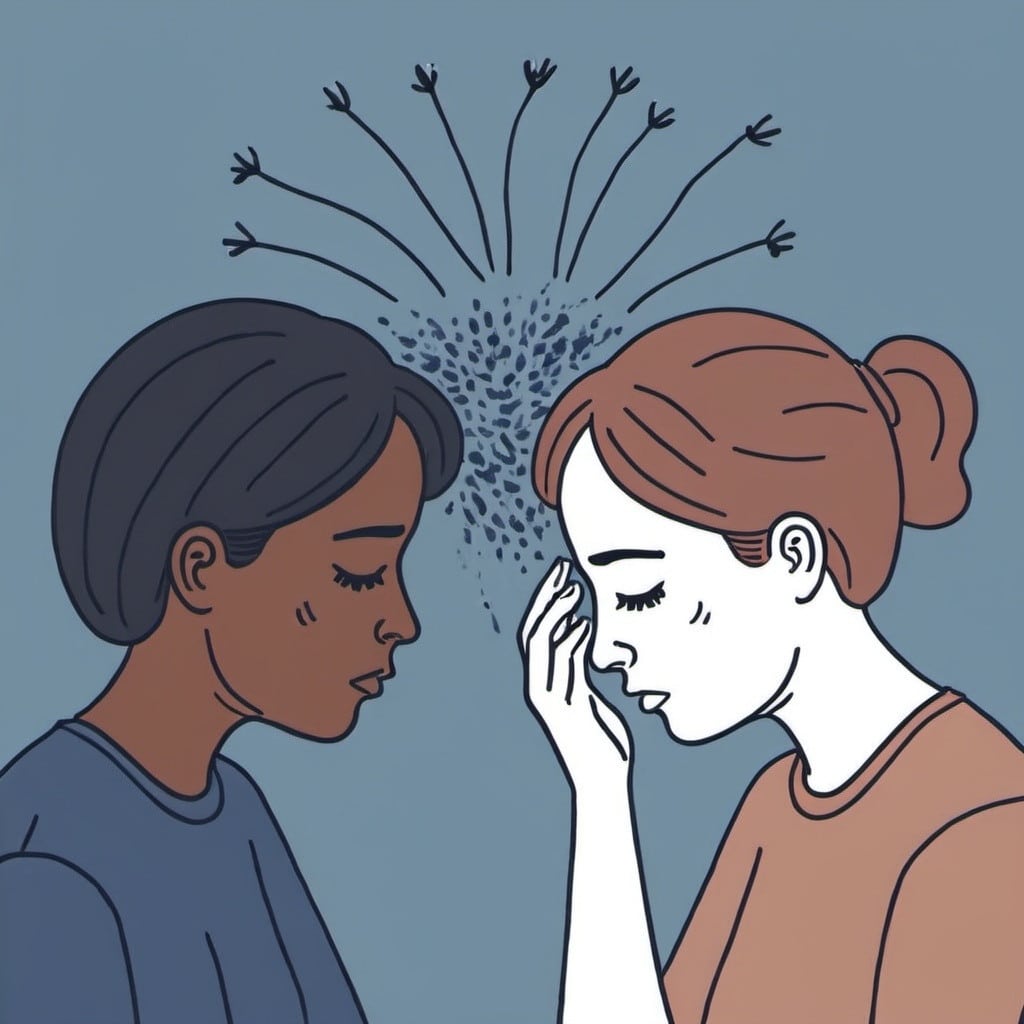Clarifying key mental health concepts
When you come into contact with someone who seems to be in distress, it can be difficult to determine exactly what they’re feeling. Terms such as depression, anxiety and stress are often used, but they refer to different realities. This article aims to clarify these concepts so that we can better understand them.
Depression
Depression is a mood disorder affecting around 5% of adults. It manifests itself through various symptoms, such as feelings of sadness or emptiness, loss of interest in activities, and lack of energy. These symptoms must be present most of the time and last at least two weeks to be considered depression. If the symptoms are short-lived, we speak of depression, which can be normal following a life event. It’s also possible to feel “blue” for no apparent reason, often indicative of dissatisfaction.
Stress
Stress is our body’s natural response to difficult situations. It is a state of mental and/or physical tension that can occur at any time in life. In moderation, stress helps us to cope with challenges and threats. For example, coming face to face with a jellyfish causes useful stress, prompting us to swim away to avoid the danger. This type of stress is generally transient and helps us to function in everyday life.
Anxiety
Often confused with stress, anxiety becomes problematic when stress becomes chronic. Anxiety disorders can affect up to 20% of adults, and include conditions such as agoraphobia, panic disorder and generalized anxiety disorder. Women are affected twice as often as men. Symptoms include restlessness, irritability, fatigue, difficulty concentrating, muscle tension and sleep disturbances. For a diagnosis to be made, these symptoms must be present most of the time for more than six months.
Tailoring support to emotional needs
In massage therapy or other wellness practices, it’s important not to confuse these terms, in order to listen to the feelings expressed by clients and offer them appropriate support. Understanding whether a person is simply stressed or struggling with persistent anxiety can influence how to structure a session, choose appropriate techniques and establish a caring dialogue. Similarly, recognizing the signs of depression can gently encourage the person to consider more specific follow-up, while offering a safe space to relax.
Thus, clarifying these notions and better understanding the emotional experiences of others is a key step towards developing a more enlightened, effective and respectful therapeutic or relational practice.
To remember:
- This article reviews the definitions of depression, stress and anxiety.
- Depression is a mood disorder that impairs motivation and pleasure.
- Stress and anxiety are normal states of being that help us to act in the face of a dreaded situation.
- However, if this condition is recurrent and/or prevents normal functioning, it may be the symptom of an anxiety disorder.
Sources :
- American Psychiatric Association (2022). Diagnostic and Statistical Manual of Mental Disorders: DSM-5-TR.
- World Health Organization. Stress. Website: who.int; 2023
- The MSD Manual. Generalized anxiety disorder. Website: msdmanuals.com; 2023

